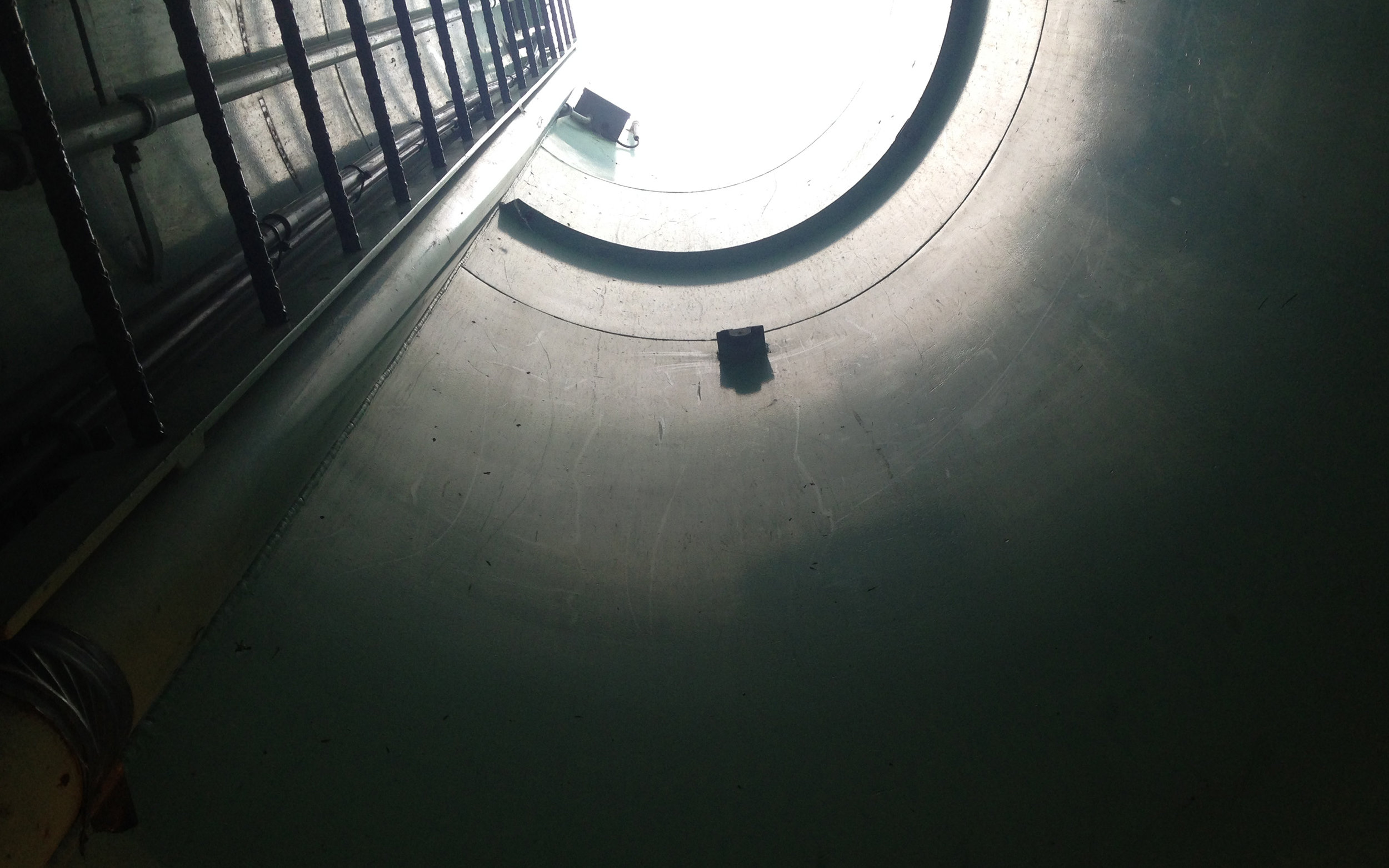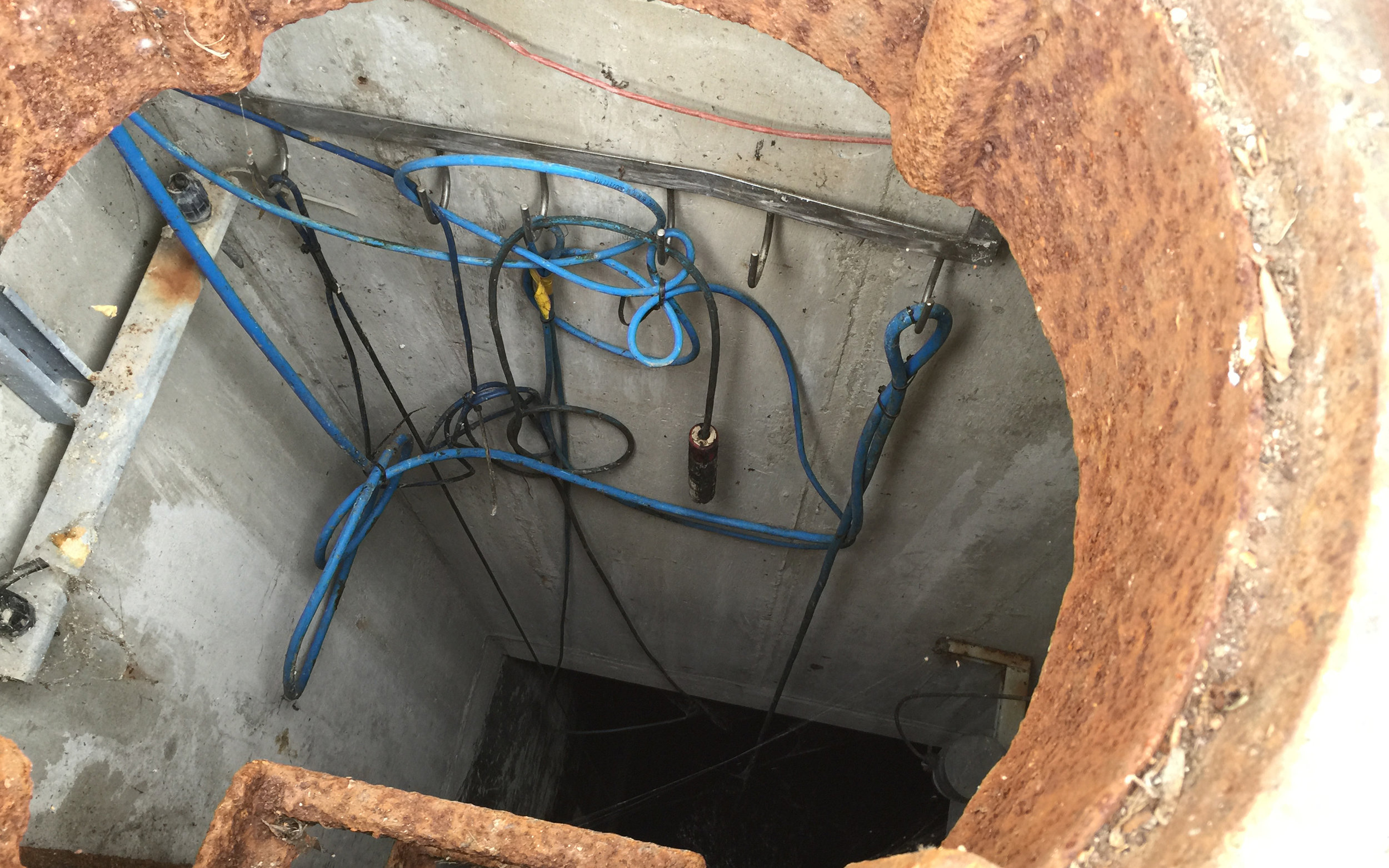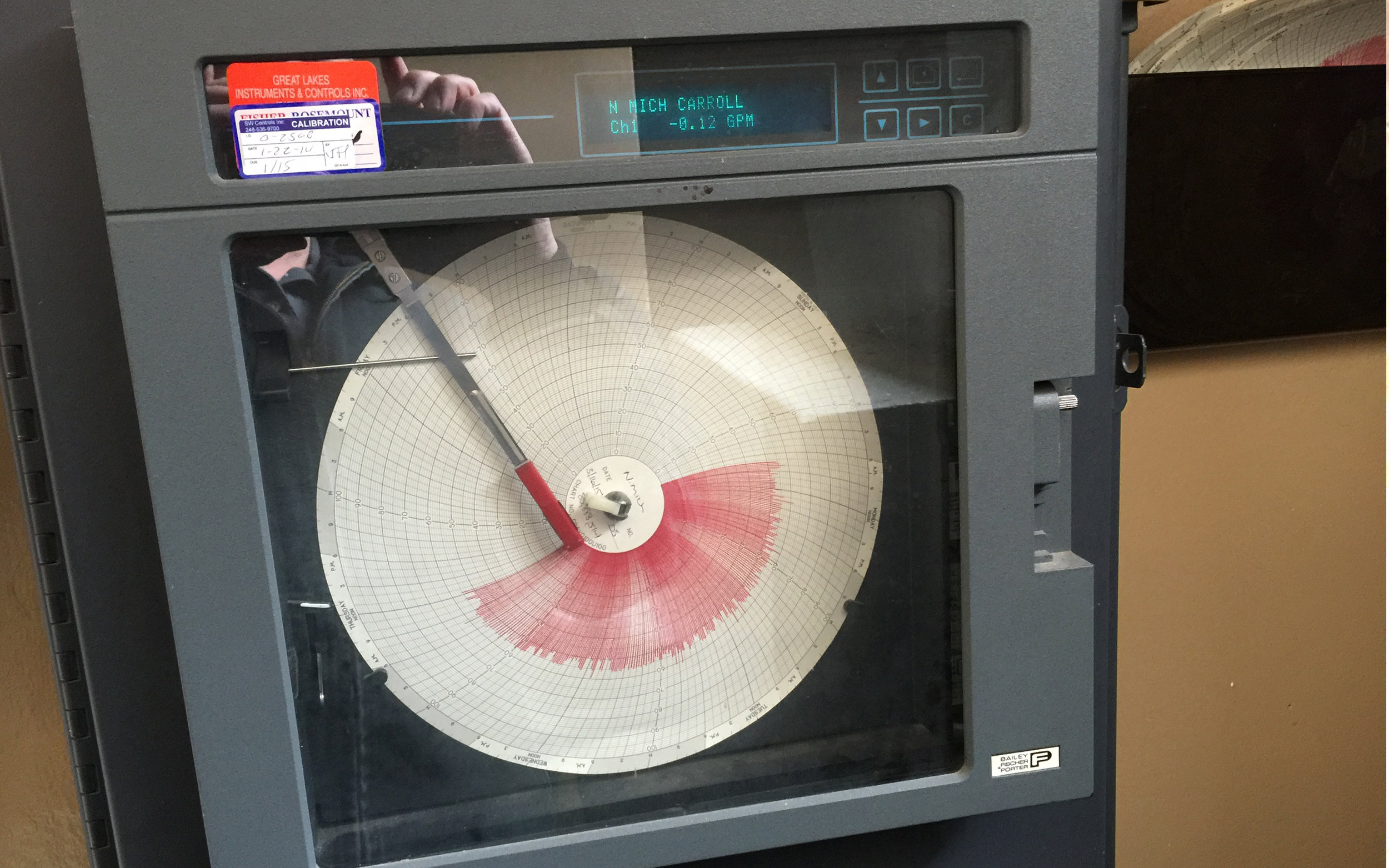Carrollton Asset Management
In 2014, Carrollton Township was awarded a $636,446 grant as part of the Michigan Department of Environment, Great Lakes, and Energy (EGLE)’s Stormwater, Asset Management and Wastewater (SAW) program initiative.
The SAW program provides grant money for the development of plans to identify and manage stormwater and/or wastewater assets, stormwater treatment management plans, planning and design of sewage, stormwater, or nonpoint source pollution reduction projects, and the testing and demonstration of innovative water quality improvement projects. The goal of the program is to accelerate the statewide use of asset management practices that improve Michigan’s water quality and public health.
Spicer Group assisted Carrollton Township officials with applying for and the administration of the SAW grant, along with the development of the Township’s Wastewater Asset Management Plan for their system that was built and installed in 1955. This work included developing an inventory of the wastewater assets owned by the township, developing a GIS database for the wastewater system by mobile mapping and traditional survey techniques within the Township’s service area, and then developing the database and digital maps of the area.
The state and condition of those assets was determined with researching existing information, on-site inspections, and the televising of pipes. During this step, 435 sanitary sewer manholes were inspected and 24 miles of sanitary sewer pipes were televised. The condition of all the assets were rated, along with the criticality of each of the assets, and working with Carrollton Township officials, a level of service for the wastewater system was determined. Work was done to identify the source of a large infiltration and inflow issue that was discovered during the inspection process in the sewer, and recommendations were made in the capital improvement plan to identify solutions.
Spicer Group developed a plan for the Township on how to maintain and improve their system and to also develop a revenue structure to implement a capital improvement project plan. This will keep the system running for many years to come.



